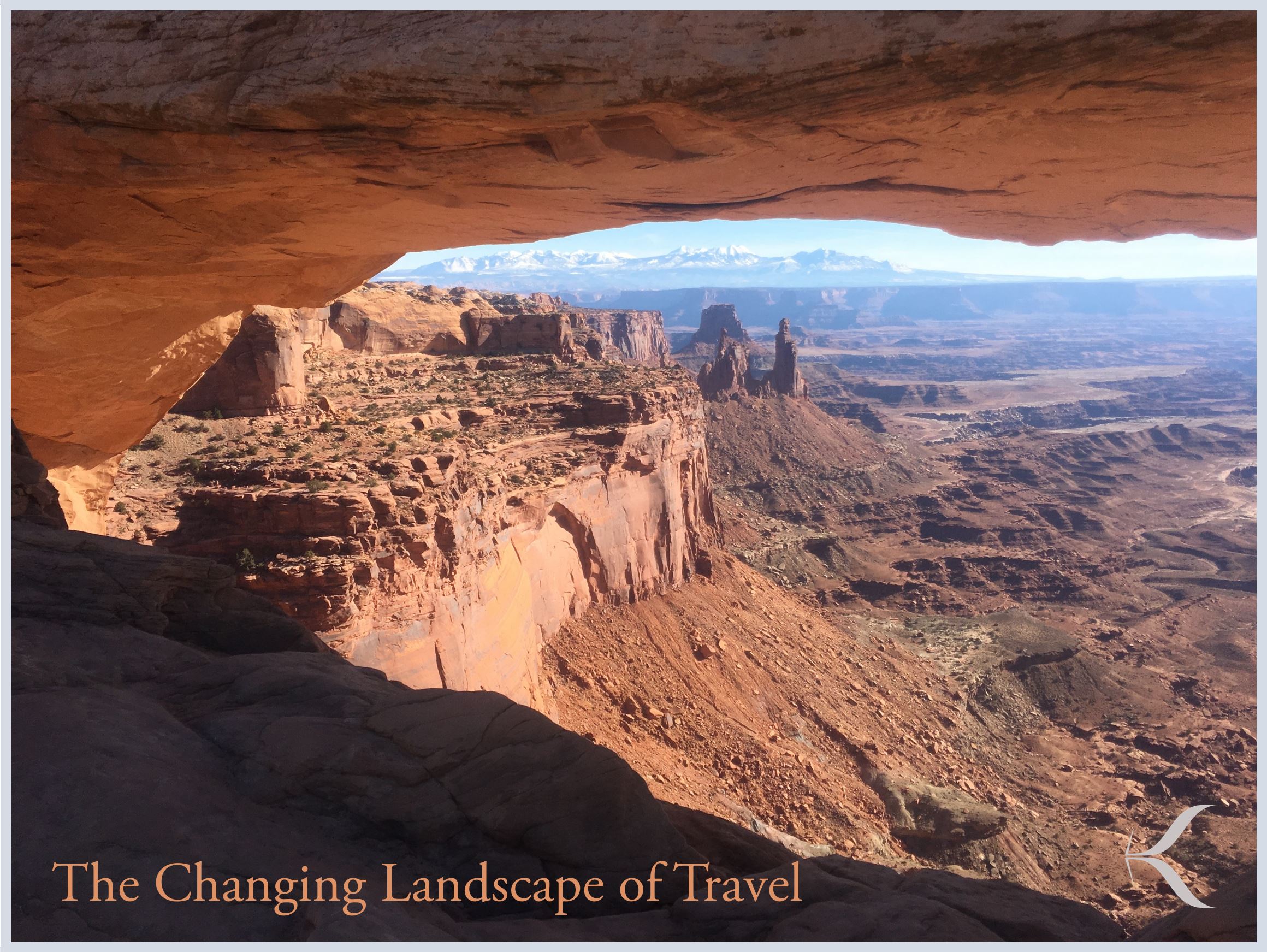You desperately need to get away. With the restrictions of shelter-in-place, it’s been too long since you were able to break free from the stress of everyday life and that added by the pandemic. You’re a bit apprehensive. Since the coronavirus outbreak, the travel industry has begun to recover, but you wonder, how safe is it to pack yourself into an airplane with hundreds of other people? You’ve heard they have new protocols upon entering the airport, like a thermal scanner to read your temperature, and the airlines are offering ridiculously low fares, but is it worth the risk?
Travel has been severely restricted during this global pandemic. We will eventually return to planning vacations and business trips, making our airline and hotel reservations, but touchless travel procedures and new health and safety measures will arise. And many people, at least at first, will choose to drive rather than fly, for the autonomy and social distance it allows.
Airports will be reconfigured and expanded to allow for social distancing. Those that cannot build out will build up. Airport check-in will involve less human contact and more automation. Imagine having your fingerprint, face or iris scanned without touching any surfaces. Touchless document scanning and voice command systems may come into play. At the same time, airports will cater to the customer’s experience to encourage people to return to air travel. The use of autonomous vehicles may reduce parking needs and allow parking garages to be repurposed as curbside check-in.
Airlines themselves will have to set low fares to entice people back to the airplane. They have already begun to offer reward program members more for their saved miles and extended expiration dates. 1 in 5 Americans are currently unemployed, so affordability is a major factor for travel. Hence why many may choose to drive and set their sites on domestic, closer-to-home locations. Airlines will also be tasked with reassuring passengers with robust cleaning procedures and more cabin space.
While many people may choose to travel close to home, they may also be setting their sights on more remote locations: national parks or countryside locales instead of large, crowded cities. We may see a surge in RV purchase and rental with people preferring the safety of a self-contained vacation. There could be an increased demand for villas as standalone rental properties and in those hotels with exterior access to rooms instead of enclosed hallways.
As the pandemic subsides, we will return to travel, but the procedures we go through, the aspects of it we value, will have changed. The travel industry will rebound after this pandemic, but it will never be the same. And that could be a good thing.



